Goals and constraints
We were hired to launch and scale Google Ads for a local dental clinic in Abu Dhabi. The brief was clear: use a modest budget to acquire new patients in specific high-intent neighborhoods while staying fully compliant with Google’s healthcare policies. Technical constraints limited conversion tracking to form submits and click-to-call events, not actual calls, so we planned for signal-lean optimization from day one.
Business goal - acquire additional patients through a new paid channel. Budget - $1,500. Constraints - medical category policy limits ad assets and language, and the region does not allow native Google call tracking. We configured proxy conversions while keeping strategy and tests focused on real local demand and measurable actions.
Introduction
In 2024 the clinic launched a new website and decided to test Google Ads. With no prior account history, we built the program from scratch, aligned targeting to high-value neighborhoods, and architected a mixed approach of Search, Performance Max, and a Local campaign. Despite limited conversion signals, we drove a 66.7% lift in conversions and lowered CPA by 25% while reducing CPC by 25.2% in the latest 30 days. Performance Max delivered disproportionate reach and efficiency for cosmetic and elective procedures, complementing Search intent efficiently.
Client context
The client is a dental clinic in Abu Dhabi, operating since 2005, with a strong local reputation and social profiles. They serve affluent residents in selected neighborhoods and tourists. The clinic offers both general dentistry and a broad set of cosmetic dental procedures. After launching the new site in 2024, they opted to add Google Ads as an incremental acquisition channel, outsourcing execution due to lack of in-house bandwidth and platform experience.
Competitive dynamics in the region are nuanced. Many larger clinics operate within defined radiuses and rely on local bases rather than direct paid overlap. Our analysis showed partial paid overlap with a few clinics but limited direct competition inside our target radius.
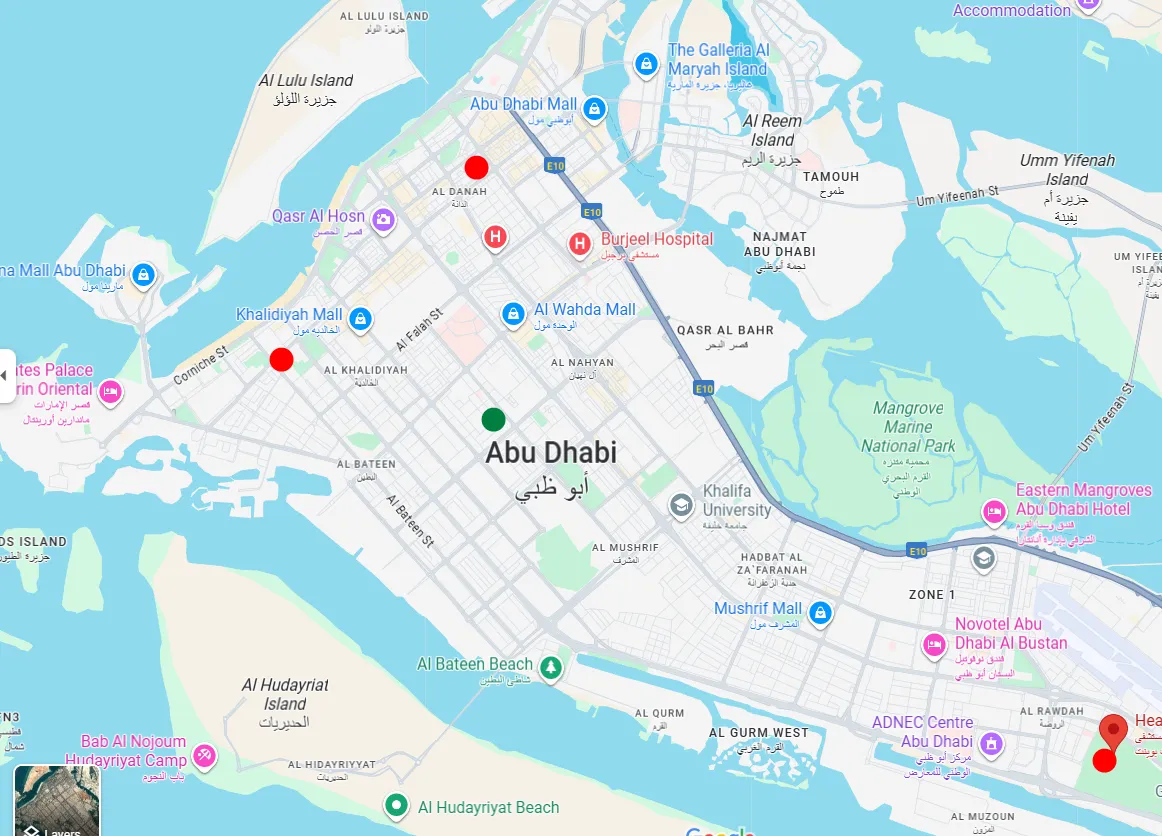
Strategy
We designed a lean, compliant, and testable plan oriented around measurable demand and neighborhood-level relevance. The core pillars were:
- Search campaigns for core services - capture bottom-of-funnel intent and validate demand by neighborhood and service line.
- Performance Max - expand reach across Google properties and stimulate demand for cosmetic procedures where visual exposure helps discovery.
- Local campaign - evaluate incremental impact of visible map-based placements after the Smart campaign option was sunset by Google in favor of a Local PMax format.
Our audience stance was pragmatic: segmenting by age or gender is weak for dentistry because the trigger is need-based. Income would be a relevant discriminator, but past tests in the region indicated mixed to negative outcomes. Instead, we focused on precise geo inclusion of affluent districts and exclusion of adjacent low-income areas known to underperform.
Policy compliance framed our keyword and messaging decisions. We curated a service-led semantic set and ad copy that respected Google’s healthcare advertising policies, avoiding restricted terms while maintaining clarity and intent alignment.
Execution
Tracking and measurement: the clinic’s primary contact channel is phone calls. Because native call tracking was not available for the region and the client did not implement a third-party call tracking system, we set up form submits and click-to-call and click-to-email events as conversions. Clicks on phone/email are imperfect proxies - not every click becomes a call - but they provided the best available conversion signals for optimization. We regularly reinforced this caveat in reporting and decision-making.
Search build: we assembled a policy-safe semantic core, grouped by service lines, matched to tight geo coverage in the agreed neighborhoods. We used ongoing search term harvesting, negative keyword pruning, and budget weighting toward proven demand.

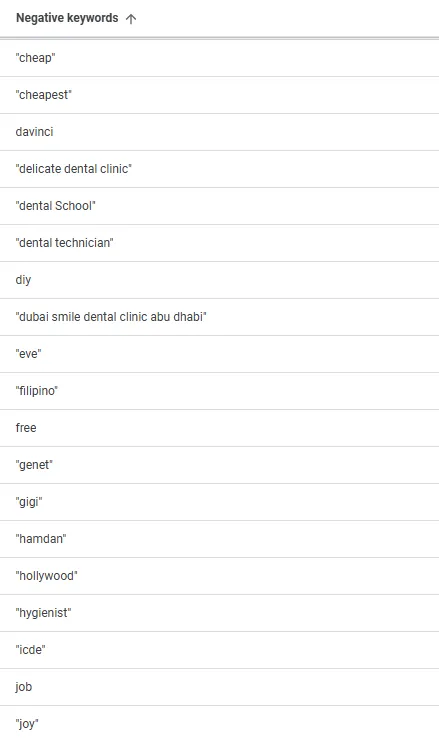
Performance Max launch: we deployed PMax to extend reach across Google surfaces. Rationale - while Search captures immediate intent, cosmetic dentistry benefits from visual discovery and repetition. PMax scaled impressions and clicks efficiently, feeding back incremental conversions at a materially lower CPA.

Local campaign test: after Google removed the classic Smart campaign, the Local PMax format became the only option. It often showed outside Maps, diluting its map-first utility. We observed an emphasis on secondary conversions while core actions were underrepresented, so we deprioritized this path.


Creative and personalization: given healthcare policy limits on imagery, we leaned into high-quality text assets. Messaging emphasized modern techniques, reduced discomfort, and fast, convenient access - what patients care about most. We customized by service and location references to reinforce local relevance and trust.
We tested multiple hypotheses beyond the core channels:
- Conversion scope - we briefly switched to form-only conversions to "tighten" lead quality. This degraded performance and confused the algorithm, so we reverted to the original conversion set.
- AI Max - we enabled Google’s AI Max on Search to expand matching and improve auto-generated assets under controlled conditions.
- Broad match - we trialed broad match for keyword discovery, monitored rigorously, and paused after no conversion lift.


Asset insights: top titles leaned on accessibility, location specificity, and clear calls to action. Descriptions balanced modern technology, comfort, and outcomes, staying policy-safe.


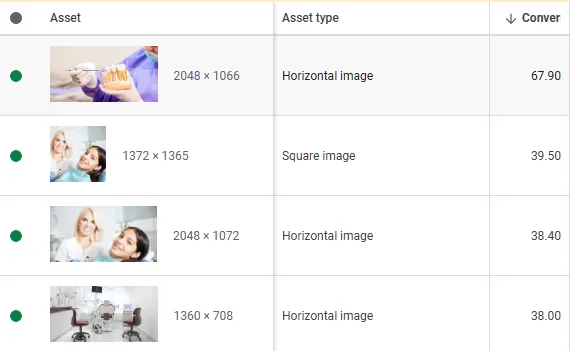
Tooling: we used Google’s analytics stack (GA4, Keyword Planner, Trends, Ads Transparency Center) for research and measurement, Optmyzr for workflow automation and reporting, and SE Ranking for auxiliary research. Reporting emphasized directional validation given our conversion proxy limitations.
Results
With precise geo targeting, compliant semantics, and a Search + PMax mix, the account lifted volume and efficiency despite limited conversion fidelity. Comparing the baseline to the latest 30 days: clicks increased from 1,810 to 3,016 (+66.7%), average CPC dropped from 1.39 dh to 1.04 dh (-25.2%), conversions rose from 21 to 35 (+66.7%), and CPA fell from 119.9 dh to 89.9 dh (-25.1%).
Channel split surfaced a clear pattern: PMax significantly outperformed Search in conversion volume and CPA for this category and region. PMax delivered 451 conversions at 45 dh CPA vs Search’s 164 conversions at 192 dh CPA in the comparative analysis, validating our decision to scale PMax and keep Search focused on proven intent clusters.






To visualize channel impact, we also tracked the proportion of exposure and conversions attributable to PMax vs Search across the funnel. PMax consistently contributed broader reach and more conversions per dirham, while Search remained essential for bottom-funnel capture.

Data transparency: all figures originate from the client’s Google Ads account. For more detailed views and time slices, we maintain a Looker Studio report here: Open dashboard.
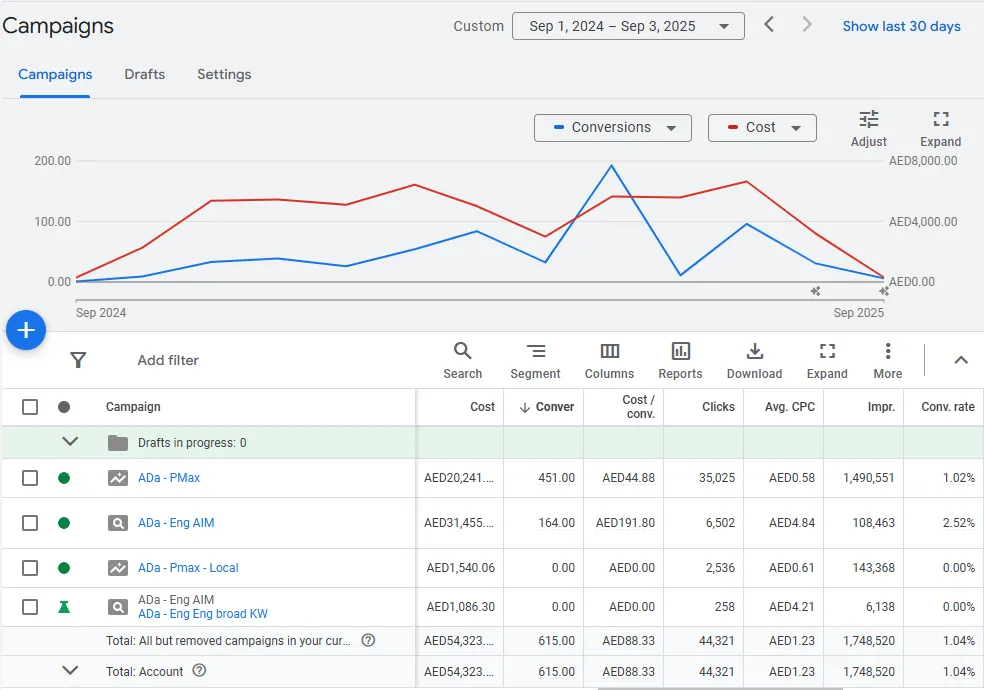
What changed and why it worked
- Problem - no prior account data and limited conversion tracking (no call tracking). Hypothesis - use robust proxy conversions and combine Search with PMax to drive both demand capture and discovery. Action - implemented form and click-to-call/email tracking, launched Search and PMax, and kept strict policy compliance. Outcome - conversions rose 66.7%, CPA dropped 25.1%, and CPC decreased 25.2% vs baseline.
- Problem - broad location coverage wastes budget in lower-income areas. Hypothesis - precise geo inclusion and strategic exclusions will increase qualified intent density. Action - whitelisted affluent neighborhoods and excluded adjacent low-income districts. Outcome - better conversion density and lower CPCs.
- Problem - cosmetic dental demand requires exposure beyond pure search intent. Hypothesis - PMax will stimulate discovery across surfaces and drive a lower CPA. Action - launched and scaled PMax with compliant assets. Outcome - PMax delivered 451 conversions at 45 dh CPA, outperforming Search on both volume and cost efficiency.
- Problem - Local campaign impact diluted after Smart campaigns sunset. Hypothesis - Local PMax would not match map-first utility. Action - tested Local PMax, monitored conversion mix, and deprioritized after secondary events dominated. Outcome - budget redirected to PMax and Search where impact was measurable.
- Problem - ad relevance and anxiety barriers in dentistry. Hypothesis - messaging on modern, painless care will lift response. Action - developed policy-safe copy focusing on comfort, modern methods, and clear CTAs. Outcome - improved engagement, reinforced by top-performing titles and descriptions.
- Problem - desire to “tighten” quality via form-only conversions. Hypothesis - form-only would improve lead intent. Action - ran a form-only conversion test. Outcome - performance declined and algorithmic learning degraded, then recovered after reinstating click-to-call events.
- Problem - need for incremental query discovery. Hypothesis - broad match plus AI Max could surface new converting terms. Action - enabled AI Max under guardrails and trialed broad match. Outcome - broad match drove no new converting queries and was paused; AI Max testing continued with cautious monitoring.

Lessons and next steps
Key takeaways for local healthcare advertisers with measurement limits:
- Proxy conversions can work - but do not restrict to form-only in this category. Include click-to-call to preserve algorithmic learning and reflect real patient behavior.
- Let PMax carry its weight - PMax outperformed Search on CPA and volume for cosmetic and elective procedures. Pair it with focused Search to capture high-intent terms.
- Geo precision matters more than demographic slicing - for dentistry, need-based triggers outweigh demographic traits. Strategic neighborhood inclusion and exclusion improved efficiency.
- Policy-safe messaging still converts - emphasize comfort, modern methods, access, and outcomes. Patients respond to anxiety-reducing messages.
- Local PMax is not a map-first proxy - expect a conversion mix skewed to secondary actions. Measure and reallocate budget accordingly.
- Guardrail your AI and match-type tests - continue AI Max experimentation, but pause broad match if it fails to add converting queries.
Next steps we recommend:
- Implement call tracking or offline conversion import from front-desk logs to close the measurement gap between clicks and actual calls.
- Expand PMax asset coverage with more compliant variations and problem-led visuals to deepen discovery while respecting policy.
- Refine dayparting and location bid adjustments using device and neighborhood performance patterns observed in the last 30 days.
- Scale budget gradually in high-performing geos and service lines, keeping CPA thresholds and conversion density as gating metrics.
- Maintain an experiments cadence - ad copy iterations, landing page refinements, and periodic match-type probes with strict performance stops.
- Strengthen Google Business Profile and surfaces that improve map visibility, even as Local PMax remains secondary.
Bottom line - within a $1,500 budget, strict policy constraints, and proxy-only conversions, we produced measurable gains in clicks, conversions, CPC, and CPA. The mix of PMax for scalable reach and Search for intent capture proved resilient. With call tracking and offline conversion imports, the next stage will tie spend more directly to booked appointments and lifetime value.



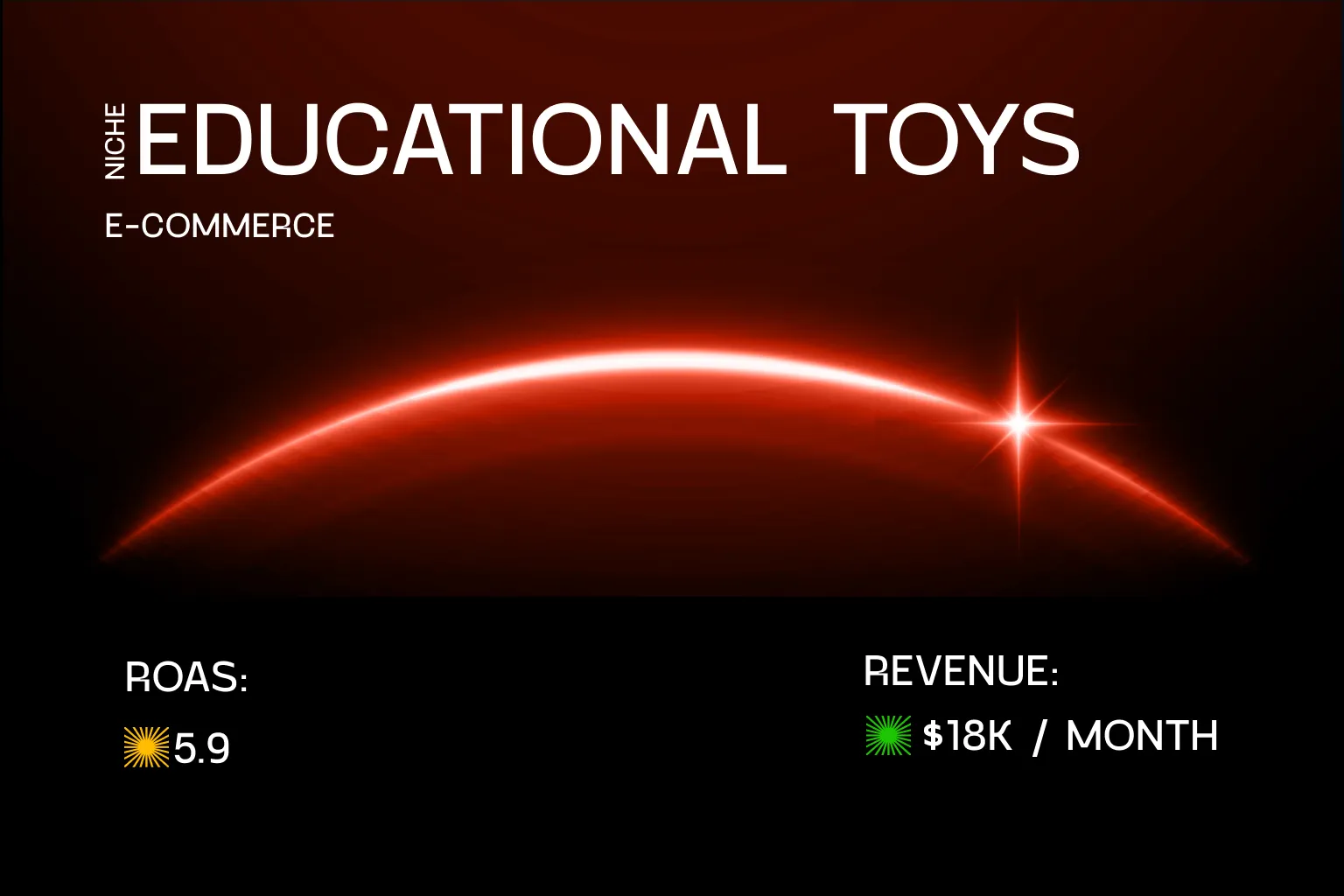

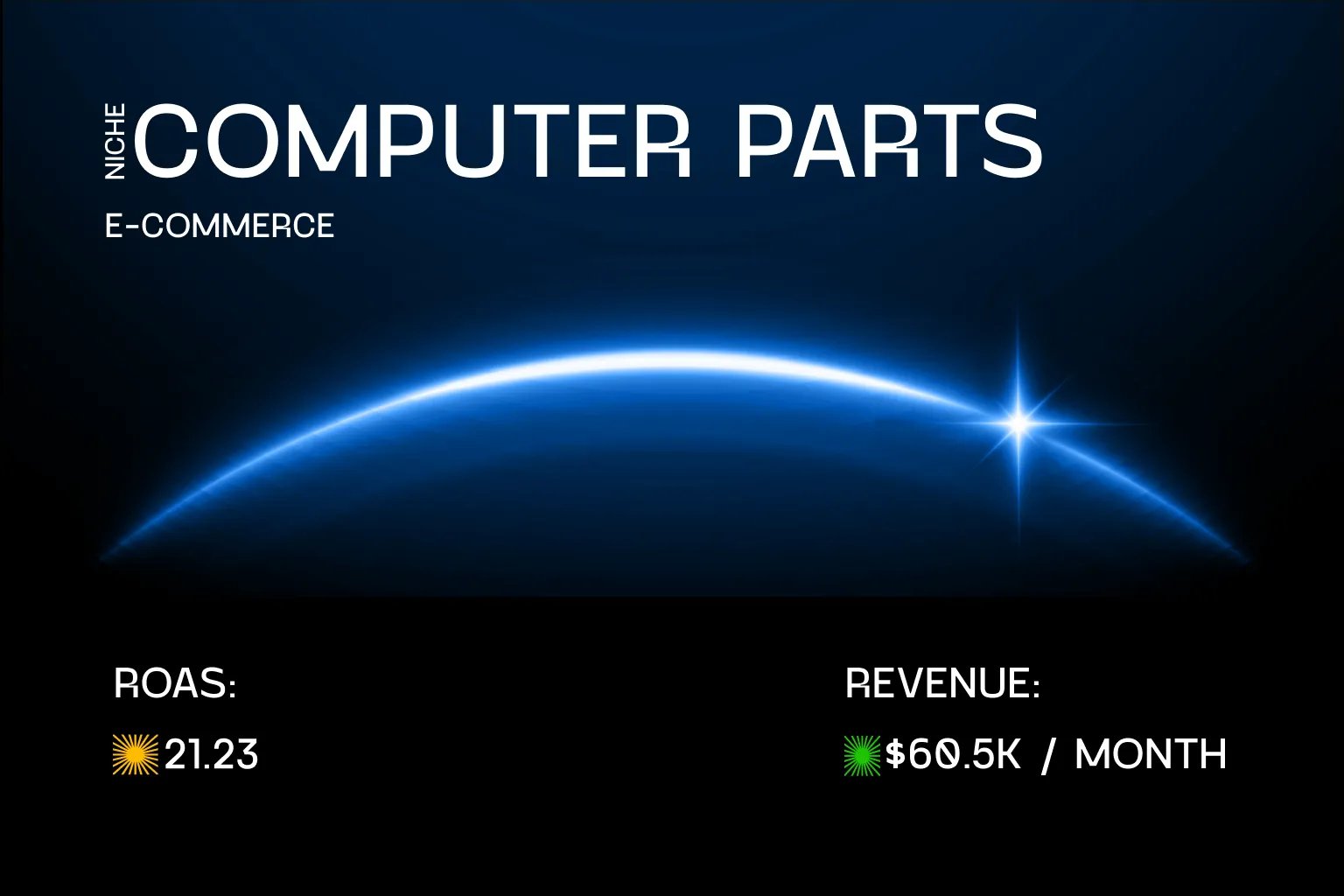
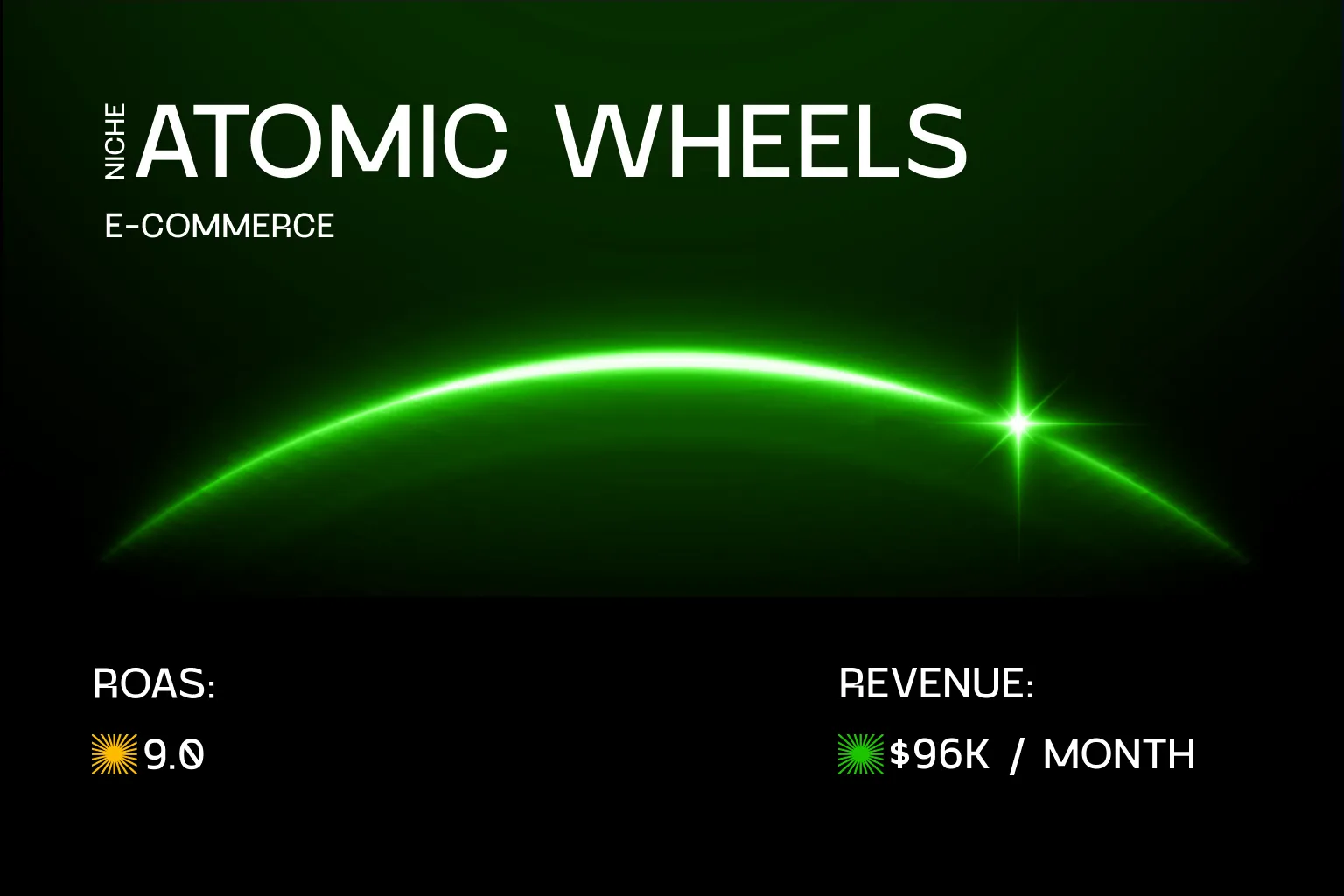
.svg)